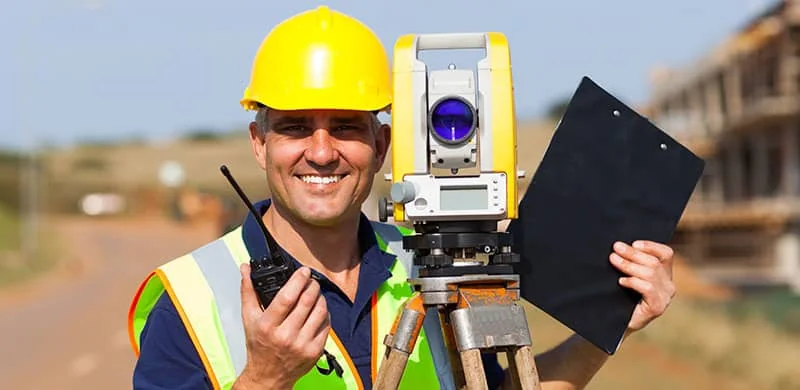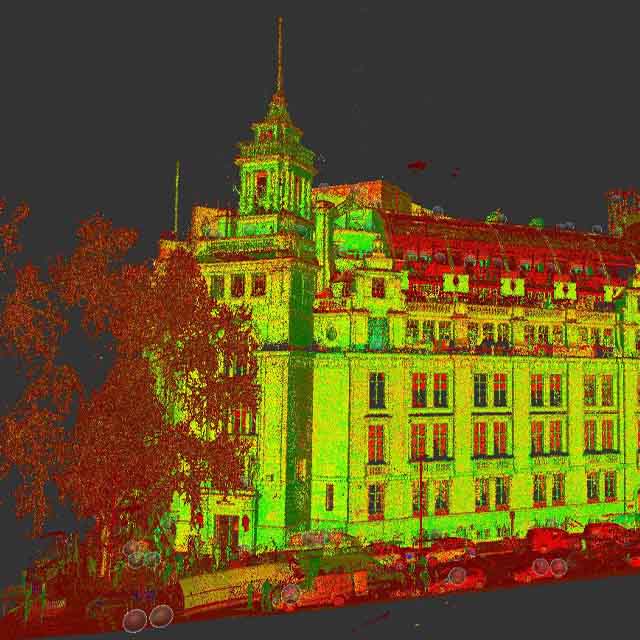With time, new and innovative techniques, methods and criteria are developed that have revolutionised the technical approach of man to construction. These new approaches are opening up new ways for mapping, site analysis, building configurations, planning and construction.
Primitive techniques like Theodolite Surveying, Photogrammetry and conventional LiDAR were time-consuming, and yet they did not prove to be much effective.
These techniques were inefficient in giving a detailed overview of the structure of a building. Moreover, they gave a 2D analysis, thus limiting the experts to think and plan their construction project more comprehensively.
These limitations gave rise to modern 3D mapping techniques giving pinpoint details of a structure, its geometry, space orientation and other key details. Among advanced 3D scanning techniques is Point Cloud Survey. Let’s discuss the details.
What is Point Cloud Survey?
A point cloud survey is a laser technique that scans a structure to get detailed data points or coordinates in 3 dimensions. These points are then interpreted using suitable software like Cloud Compare, Meshlab, Gom Inspect, etc., to get a whole picture of the building.
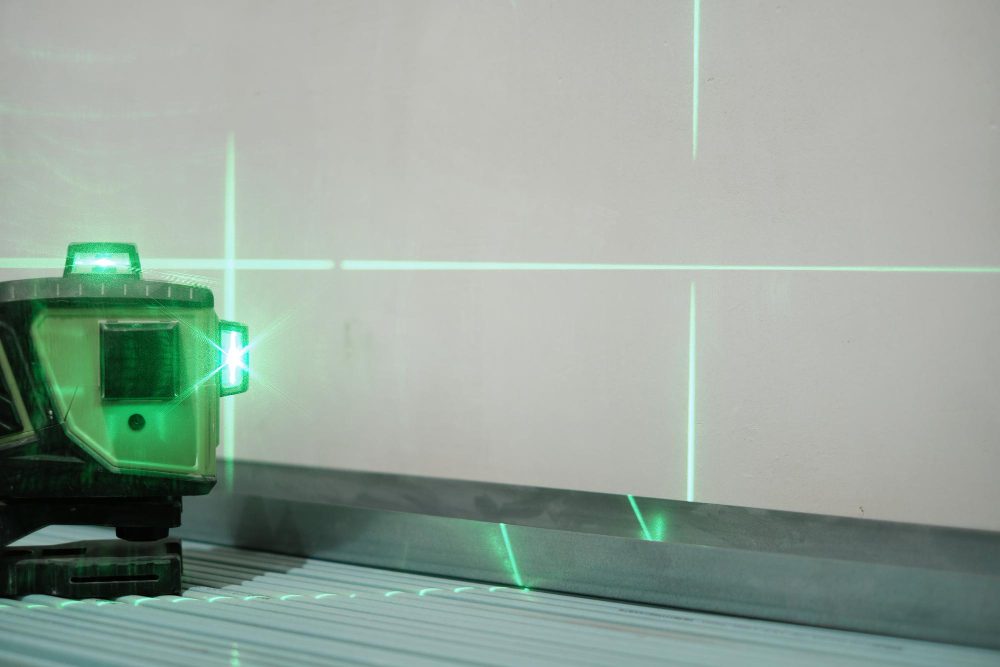
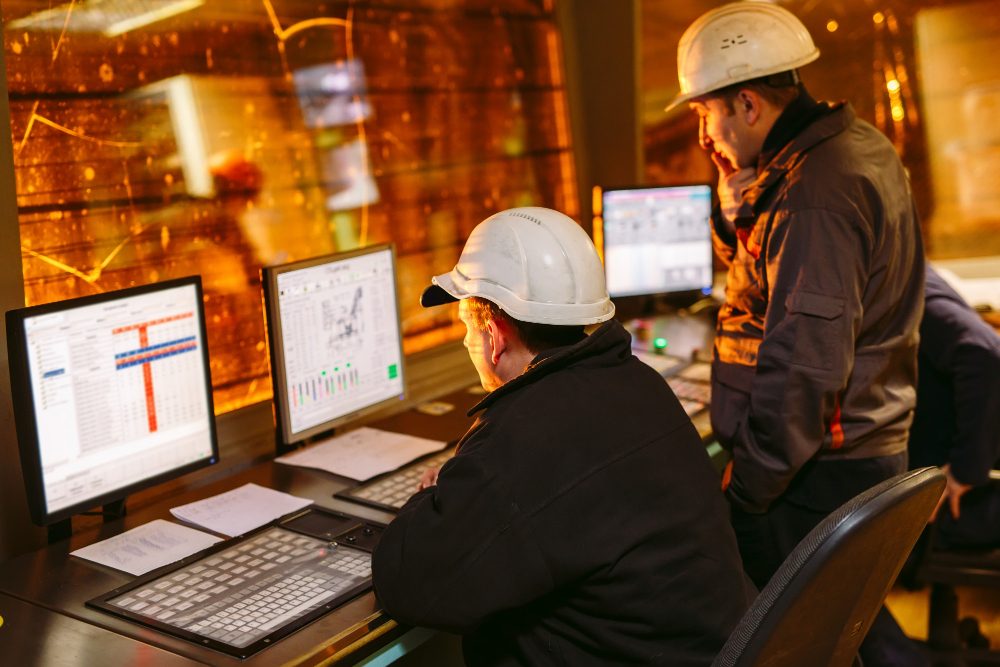
How Does It Work?
Unlike conventional techniques, the Point Cloud survey clarifies a whole new structure. A laser emitting thousands of beams scans the building for these detailed analyses. The beam hits the surfaces at different angles and returns points as they hit surfaces.
Each point has information in its X, Y, and Z coordinates, whereas the information reveals the distance it has travelled. These points are combined using specialised instruments and softwares to extract the required information.
Evolution of Point Cloud Survey?
Earlier in the beginning, point cloud surveys began as Geographical Information systems (GIS) that were first introduced in the 1960s to analyse the data for mapping purposes.
However, in 1990, GIS was used to investigate accidental sites other than terrain analyses. In 2010, GIS was used in 3D models from point clouds. This laid the foundation of a point cloud survey for detailed point structural analyses.
How is Point Cloud Survey Advantageous to Old Techniques?
Being one of the latest mapping techniques, the point cloud survey is advantageous in many aspects. Let’s see how it’s different from old techniques and how it can assist us in saving our quality time and generating accurate results.
Unmatched Accuracy:
Unlike conventional techniques, 100 % accuracy is one of the prime features of a point cloud survey. With a detailed analysis, even in millimetres, point cloud surveys eliminate the probability of errors in mapping. When applied to real-world projects, these accurate mapping results give better cost control as any expected issue can be rectified timely, thus saving time, cost and energy.
Enhanced Visualisation:
Multiple complex projects include retrofitting facilities and require accuracy in every aspect, whether floor elevations, ceiling pans, cover sheets, etc.
A point cloud survey with an accuracy range of +/- 10mm can help clients achieve 360-degree visualisations, meaning greater details and a more accurate building structure per the client’s demands. This enhanced visualisation ensures precision in the project.
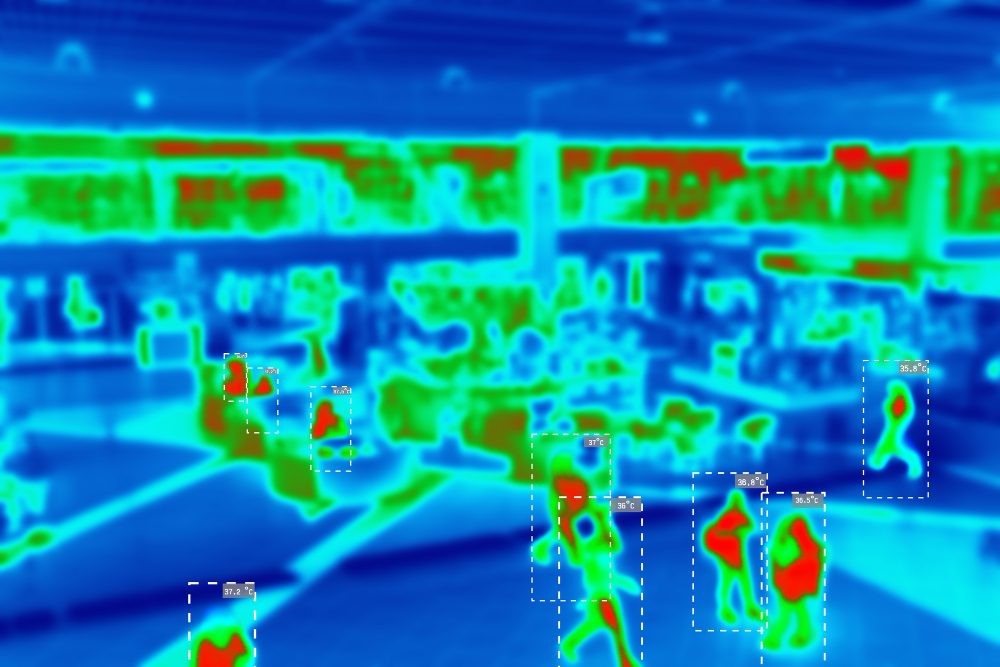

Limited Site Revisits:
Using primitive techniques, contractors have to visit the site many times to collect the information missed in every visit. Contrarily, a point cloud survey enables them to collect all the details effectively in a single attempt using laser technology. Thus, it saves time, allowing you to focus on key aspects of the project.
Limited Man Force:
Earlier techniques demanded more labour and equipment for a site analysis. This was not only costly, but also there were chances of human error.
Along with these drawbacks was the availability of skilled staff to conduct a site analysis for accurate mapping. However, with the advent of point cloud surveys, these hassles are wiped out and a right, directional and precise site analysis possible with minimum human intervention and cost.
Easy and Effective Access:
At times, there are minute or confined structures inaccessible to analyse via old techniques; however, a point cloud survey allows access to the smallest points on a structure. Hence, it gives you greater and easy access to limited sites.
Safety for Sensitive Structures:
Point cloud surveys are non-destructive and do not require physical contact with objects or terrain. This eliminates manual probing or excavation, which can be time-consuming and costly.
Higher Work Efficiency:
Giving detailed collaborative structures, cloud point surveys enable the contractors and the experts to work more easily. In the term, this increases work efficiency and ultimately enhances the speed of project completion.


Versatile Applications:
Cloud Point Survey holds its key significance in being a multifaceted technique applicable in many ways. Whether there is a need to create accurate models of a building or generate a replica of any complex part of a machine, a cloud point survey remains relevant.
This technique can also be used to analyse and interpret the structures of historical sites. Moreover, cloud point surveys can be helpful to study the topography of mountains and caves, investigate the details of crime scenes, and create animated characters and scenes in games. None of the primitive techniques is multi-dimensional enough to serve these purposes.
Conclusion
Being innovative, helpful, and effective in giving detailed analyses, enhanced visualisation and 100% pinpoint accuracy up to millimetres, cloud point survey remains a multi-dimensional technique with numerous applications in mapping, structural analyses and investigations.
With a precise blend of laser technique with digitalisation, this technique has made the work easy, speedy and collaborative. Due to these reasons, cloud point survey outshines the primitive mapping methods.

